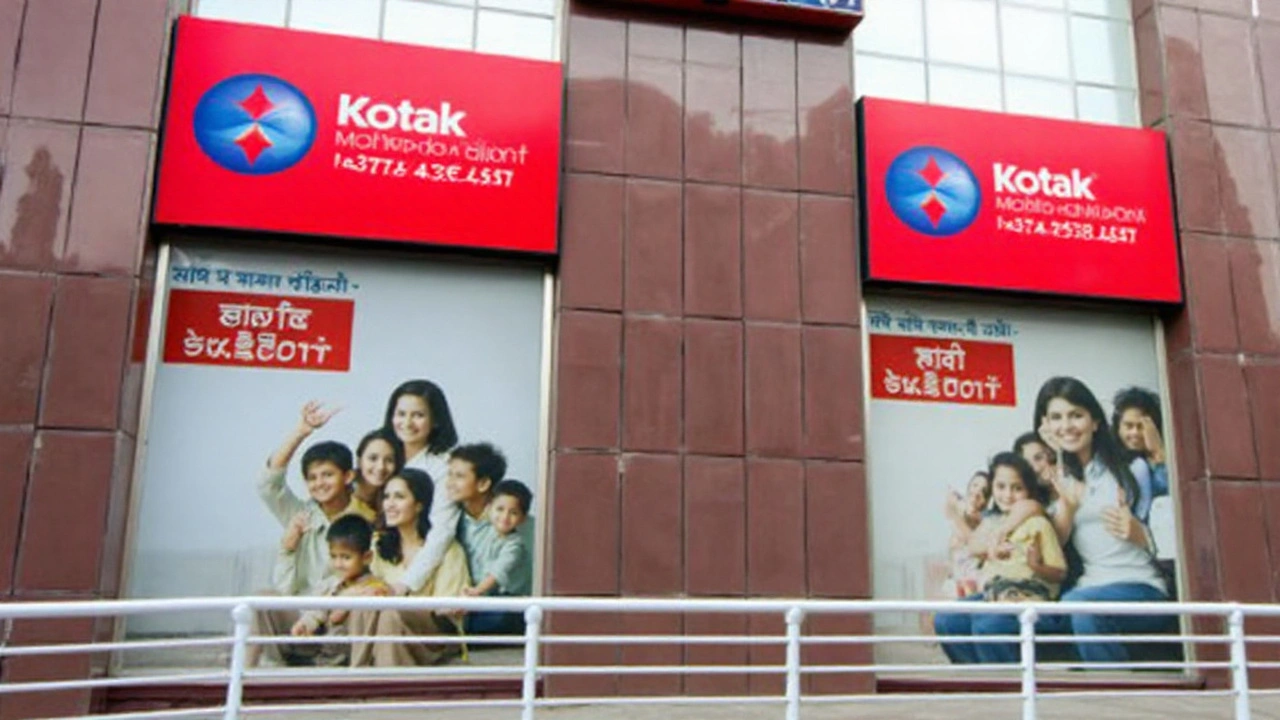Zero Balance Account: What it is and how to get one
Zero balance account means you don’t need to keep a minimum amount in your bank account. It’s designed for people who need easy access to banking without monthly minimums or high fees. Many banks and government schemes in India offer these accounts; they usually come with a RuPay debit card and basic online banking.
How to open a zero balance account
Opening one is simple. You can do it at a bank branch or online via the bank’s website or app. Most banks need basic ID and address proof — Aadhaar, PAN, voter ID, or passport. If you open it under a government scheme like PMJDY (Pradhan Mantri Jan Dhan Yojana), the process is even simpler and often done on the spot at camps or bank branches.
Steps in short: pick a bank, fill the account opening form, submit ID and address proofs, complete KYC (in-branch or e-KYC with Aadhaar), and get your passbook and debit card. If you go digital, you might get instant account details and a virtual debit card to start transactions right away.
Benefits, limits and what to watch for
Benefits are clear: no minimum balance requirement, low or no monthly fees, and easy access to basic banking services. Many zero balance accounts also include a RuPay debit card, net banking, mobile banking, and overdraft options under schemes like PMJDY for eligible customers.
But there are limits. Some accounts restrict the number or value of free transactions per month. Exceed those and you may face charges. Certain services — like unlimited cheque books, higher transfer limits, or credit cards — may not be available until you upgrade or maintain a higher balance. Also, inactive accounts can be flagged and need reactivation.
Pick a bank that suits your needs. If you mostly use mobile banking, check the app and UPI limits. If you deal in cash often, look for nearby branches and ATMs. Check fees for ATM withdrawals beyond free limits and charges for fund transfers if you expect many transactions.
Common mistakes: assuming zero balance means zero fees, ignoring transaction limits, and forgetting to update KYC. Keep your details current to avoid frozen accounts and missed notifications.
Final tip: if you plan to save more or need more services later, most banks let you upgrade to a regular savings account easily. For now, a zero balance account is a great, low-cost way to start banking, receive payments, or manage day-to-day expenses without worrying about minimum balance rules.

Kotak 811 is a mobile-first, zero-balance savings account launched after demonetization to push cashless banking. It comes in four variants—Lite, Limited KYC, Full KYC, and EDGE—with interest up to 4.00% p.a. Most variants don’t need a minimum balance, while EDGE requires Rs 10,000 AMB. Accounts are single-holder only, with features like cheque books and unlimited transactions depending on the plan.
Read More